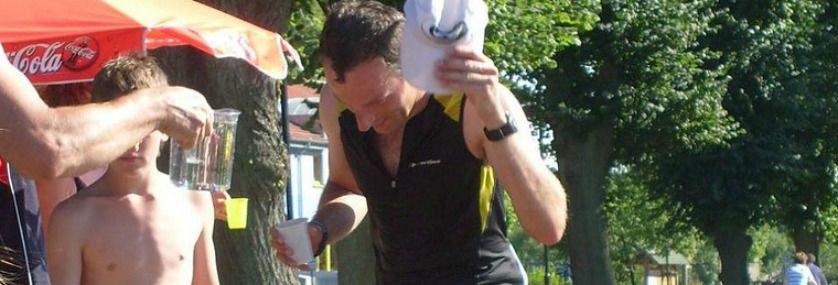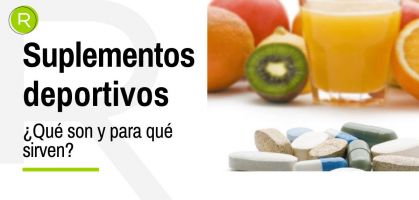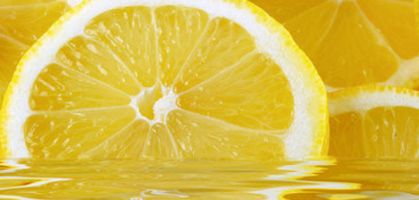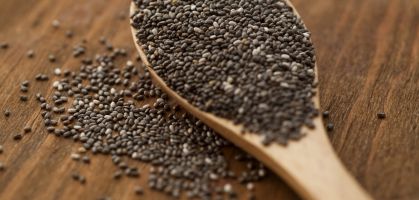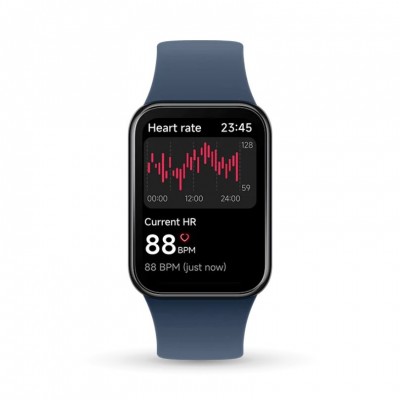Luis Francisco San Martín (Rend&Prev), Bachelor of Science in Physical Activity and Sport, and Xabier de Miguel, head of the Nutrition and Supplementation Area of Rend&Prev, explain the importance of hydration in the performance of the athlete...
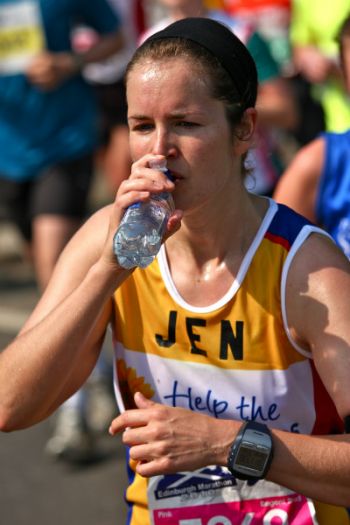
Another very interesting point that we are going to deal with is the subject of hydration, sections such as how much to drink, when and what to drink at each moment, must be very present in the invisible training of the athlete.
The number one rule that we will mark will be to drink, drink and then drink water again, hydration must be continuous and constant, so that our performance and our health are the best possible. If an athlete is poorly hydrated his performance will decrease and this has a simple solution: do not forget to hydrate at any time (essential to create these habits).
The athlete should vary the amount of water taken during training and competitions, the different variables to be taken into account are both the intensity and duration of physical activity and environmental conditions. For example, it is obviously not the same hydration with a temperature of 10º C and a recovery training than a temperature of 22º with a pre-season training, as well as taking into account other aspects such as humidity.
Therefore, an evaluation should be made to know the need of liquids that should be provided to the athlete, comment in this regard that men have a better thermoregulation, but that in general there are no major differences between ages, sex,...
Why does the athlete have to carry out a constant hydration?
There is a fundamental goal of why an athlete must be his constant hydration, and is to avoid dehydration because it not only affects the decrease in performance that as we shall see later is so, it also increases the risk of injury and even if you are in extreme conditions you can have serious health problems.
So you see, dehydration is the loss of body fluid mainly due to sweating. This leads to a decrease in strength and endurance, and also decreases the production of aerobic energy and the accumulation of lactic acid in the muscle is greater (loss of performance).
What to drink?
There are many studies that indicate that water with a percentage of carbohydrates is better than water alone. In addition, apart from carbohydrates, electrolytes are often added (e.g. sodium, chloride, potassium), and energy drinks are also very popular, but we will focus on this in later articles.
But as an introduction, it is important to say that the purpose of the sports drink is to maintain the level of glucose and electrolytes lost, as well as to avoid dehydration so that the loss of efficiency in physical activity is as low as possible.
When and how much to drink?
Another interesting section on when and how much to drink, it is clear that when to drink we are going to focus on before, during and after each training or competition.
First to know how much to drink before, during or after you have to take into account aspects such as acclimatization to heat or cold by the athlete (aspects such as sweating, electrolytes lost, ...), the physical capacity of the athlete, if you are in better or worse shape, know the weight and body composition to be more efficient and know the current state of hydration so that when taking all these aspects into account hydration is adequate.
Before:
Before every physical activity, the body should always be hydrated, especially when the temperature and humidity is high. According to the Spanish Federation of Sports Medicine, you should drink slowly. It is also not recommended to drink water with glycerol because it can cause vomiting, headaches, etc. It is vital that the body is accustomed to it for proper assimilation. Another frequent question is if I should drink liquids before being thirsty, the answer is yes, because thirst is a sign of dehydration and it is a negative aspect that we do not want to reach it.
During:
The greater the sports practice the greater the fluid intake is going to be. Research says that it is difficult for the athlete alone to voluntarily achieve the replacement of lost fluids. Therefore, it is essential to create habits in which constant hydration is achieved. Therefore, the frequency of intake of these liquids must be high.
Aspects such as temperature and intensity of activity should also be taken into account. If the temperature is high, the ideal is that the carbohydrate concentration should be more diluted (more water). On the other hand, if the intensity is high it is best that this concentration is higher.
After:
The objective after the activity is to replenish fluids so it is essential to continue with the intake until the balance returns. It is important to replenish the electrolyte situation and restore spent glycogen.
You should start as soon as you finish, as we have been saying all along, continuous and constant hydration.
Another important aspect is that better trained athletes have more efficient sweating systems, therefore, the intake and replenishment of liquids will be greater than a lower level athlete.
With all of the above, the composition of the drink must be advised, so that it cannot be made randomly (your primary nutritional advisor) or drink beverages such as soft drinks or beer (diuretic, leads to dehydration), because the return to optimal levels of mineral salts will be much later with the consequent damage.
A clear example of the repercussion of the state of hydration on performance can be seen in the article by Ruiz. J., Mesa, J.L., Mula. F. J., Gutiérrez. A., Castillo M. J., in 2002, which refers to several studies in which it can be observed that the athlete who ingests adequate hydration before, during and after his performance is higher than the one who drinks liquids only during and after or the one who drinks only during or the one who does not drink anything during sports practice.
Another aspect is the question of how much to drink, in this section there is more discussion. It is normal that these differences occur because fluid intake should be as individualized as possible, and must take into account aspects such as the activity performed, characteristics of each athlete (age, height, weight, sex, ...), environmental aspects, ....
This is very relative, but in general, approximately every 15 to 20 minutes the ideal is to drink between 150 and 200 milliliters of the proposed drink in small sips for better assimilation.
CONCLUSIONS
The athlete must know that his body must always be hydrated for the practice of his physical activity and in adverse weather conditions (high temperature and humidity) for optimal performance, therefore, the ideal is to create habits in which continuous hydration must be present, our nutritional advisor will guide us properly.
It is also essential to avoid dehydration due to the negative aspects that it presents in our performance and we have addressed in this article.
Finally, it is essential to combine the proposed liquid with different nutrients, so that recovery is faster and more effective. Therefore, in the following articles we will address this interesting issue.
Read more news about: Nutrition
